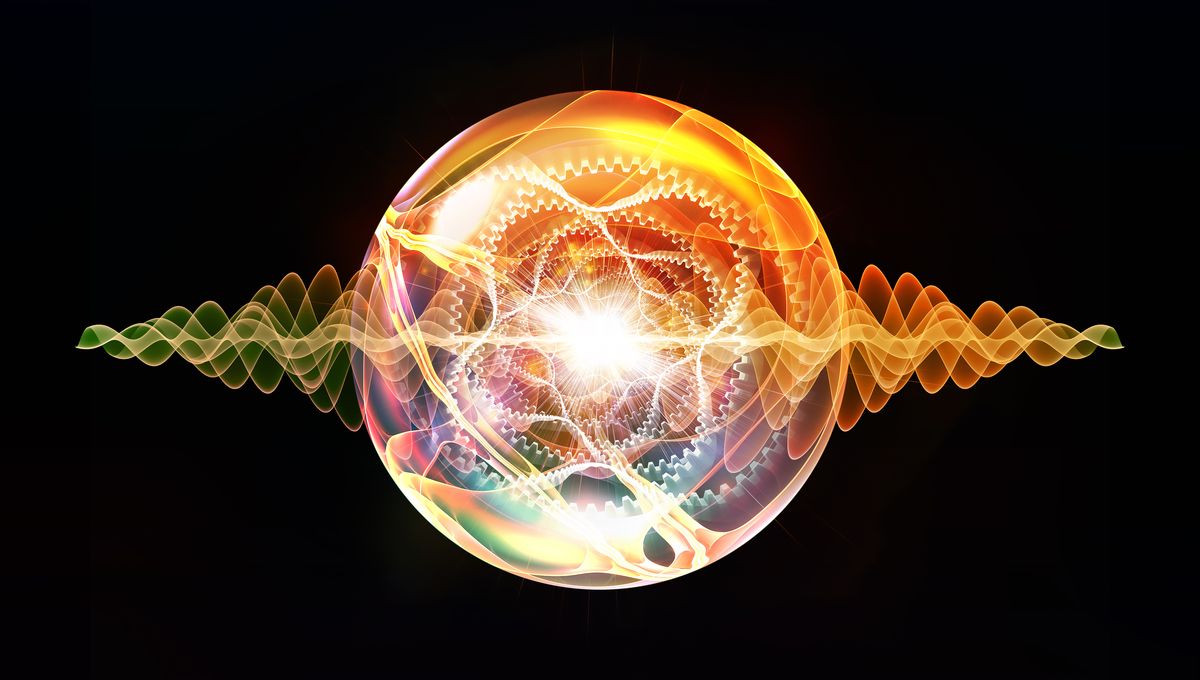When we think of yolk sacs, birds usually come to mind. After all, you can’t have a sunny side up without that beautiful orange orb. For birds, the yolk sac is crucial in supporting the development of avian embryos, serving as their sole source of food.
But did you know that mammalian embryos also have a yolk sac? Although these embryos receive their energy through the placenta, a temporary yolk sac still emerges around a week after fertilization. Interestingly, this yolk sac never fills with any food and eventually fades away by the end of the first trimester, seemingly having done nothing at all. It’s like the Leonard Nimoy of developmental organs.
Or is it?
Previous animal models have suggested that the yolk sac might play a broader role in deriving our first blood cells, including those involved in our immune response. However, studying the yolk sac in humans has been challenging, as it requires examining embryos donated after abortion.
Fortunately, researchers were able to study human yolk sac samples from a biobank in the United Kingdom. These samples came from embryos that were 4 to 8 weeks into development. By sequencing the RNA released by the cells, the researchers were able to uncover the functions of the yolk sac.
The results revealed functions across 15 categories, showing that the human yolk sac, like in other animals, is involved in blood cell production and other important functions. This new information contributes to the ongoing “Human Cell Atlas” project, which aims to describe all cell types in the human body and shed light on previously understudied structures.
The human yolk sac is responsible for the earliest production of blood and immune cells, as well as multiorgan functions extending to the liver and bone marrow. While there are some similarities, the functions of human yolk sac cells differ from those of mice, both in their roles and how they interact with other organs and cell systems.
Until now, little research had been done on the human yolk sac, so this new data represents a breakthrough in our understanding of what happens in the first few weeks after conception.
“Our study illuminates a previously obscure phase of human development, where vital functions are delivered by the yolk sac acting as a transient extraembryonic organ,” concluded the study authors. “Our comprehensive single-cell atlas represents a valuable resource for studying the cellular differentiation pathways specific to early life and leveraging these for tissue engineering and cellular therapy.”
The study is published in Science.








